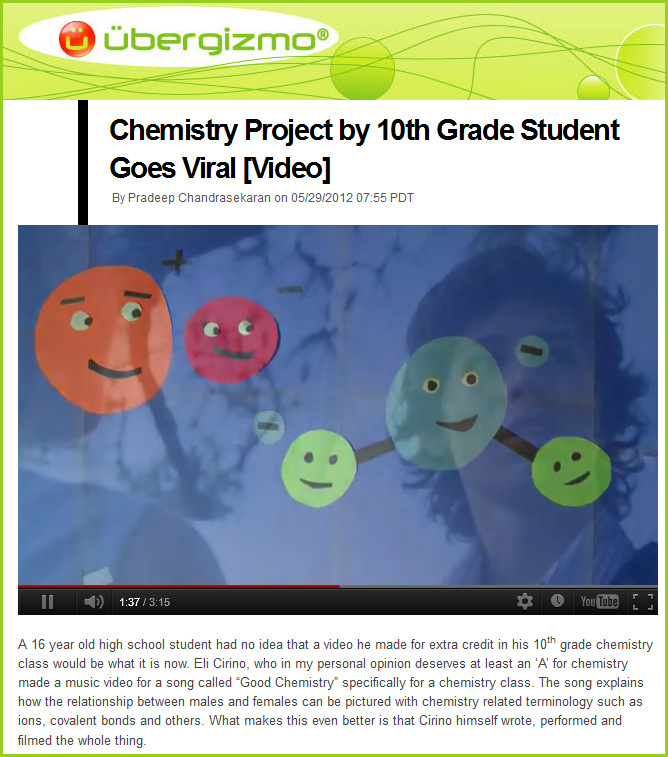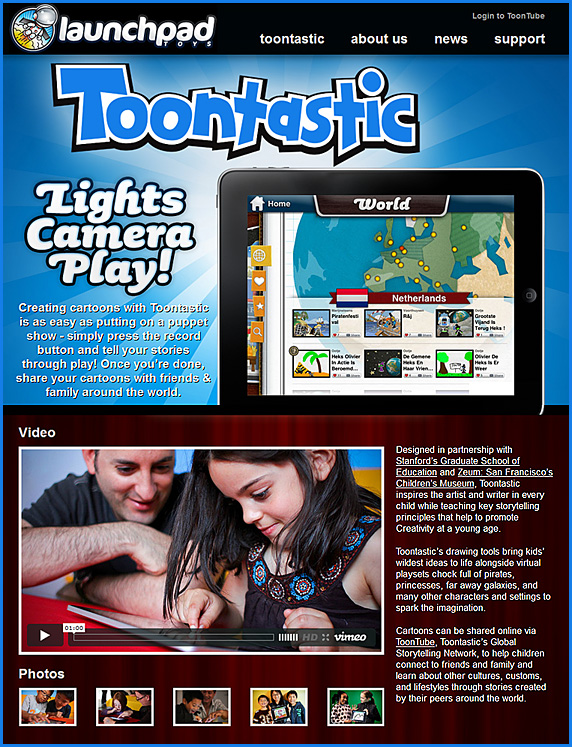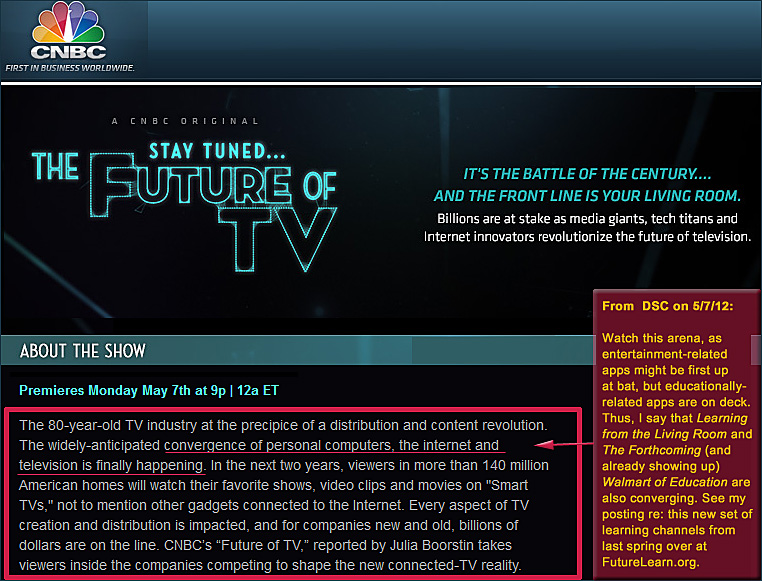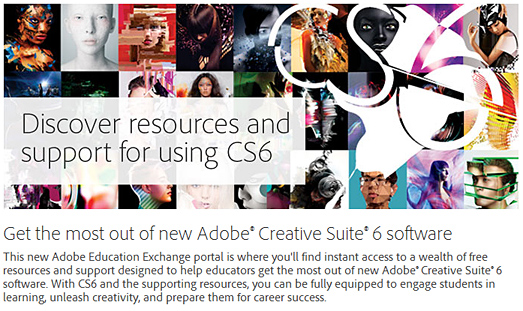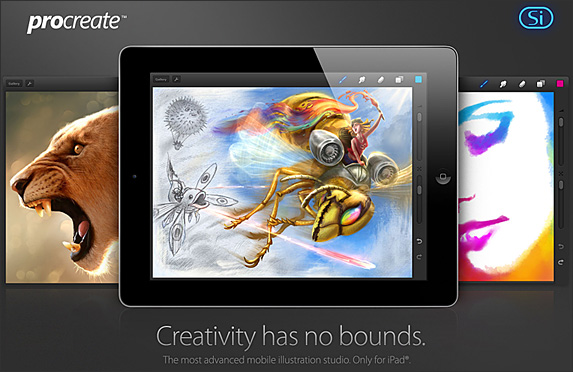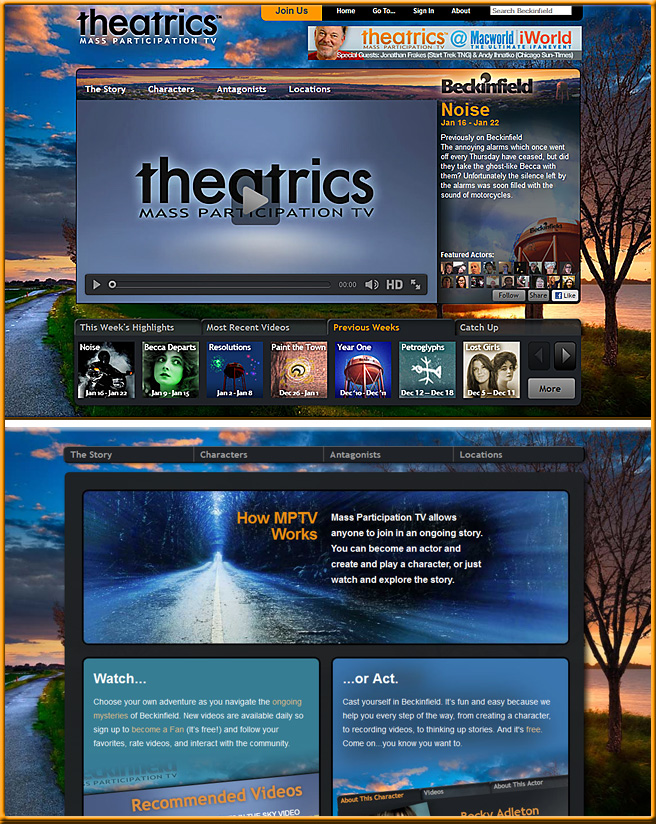4 ways to gamify learning in your classroom — from tophatmonocle.com
Excerpt:
This post explores the role of gamification in education and provides four examples of how you can bring the learning method into your classroom.
.
Top Hat Monocle closes $8M to bring gamification to university classrooms — from betakit.com
Excerpt:
Today another student engagement platform, Top Hat Monocle, announced it has closed $8 million in Series A funding led by Emergence Capital Partners and iNovia Capital, with participation from SoftTech VC, Version One Ventures, and Golden Venture Partners. The Toronto- and San Francisco-based company, which raised $1.5 million in seed funding in November 2011, launched their product in 2010 and has been used by 65,000 students at over 150 global universities.
.
Gamified courses from Course Hero and Bunchball boost student engagement — from gigaom.com by Ki Mae Heussner
Excerpt:
In some circles, the phrase “gamification” may have gone out of fashion, but Course Hero and Bunchball are intent on showing that it can still pack a punch in education.
In April, Course Hero, which uses free online resources to offer students digital study guides and other tools, launched a series of full-length online courses infused with game mechanics from Bunchball’s gamification platform. The companies Tuesday revealed some of the initial results from the partnership.
On average, users spend three times more time on the gamified courses than on all of CourseHero.com and total time on the platform has increased five percent since the Bunchball integration, Course Hero reported. The company also said that social sharing of achievements, which are awarded as students progress through the courses, has climbed nearly 400 percent since the Bunchball partnership.
.
From DSC:
- There is enormous power when resources are reallocated to teams of specialists that come together in order to create engaging, multimedia-based, interactive learning materials! The products of these endeavors should prove to be highly beneficial — especially when they can be integrated into more hybrid/blended teaching and learning situations. That way, we can utilize the best of both the face-to-face and virtual worlds.
.
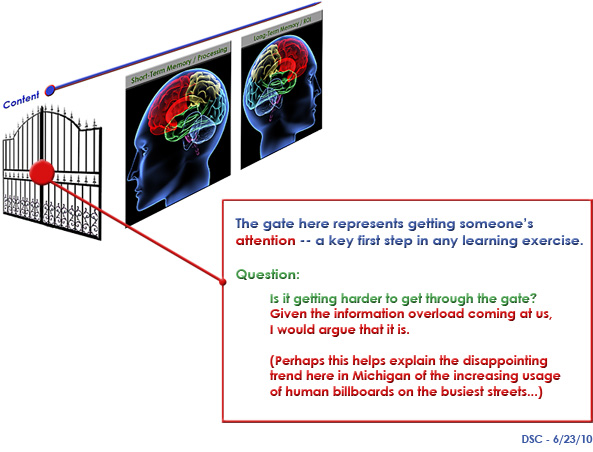
.
Addendum on 7/19/12:
- Leveling up in your gamification — from GettingSmart.com by Adam Renfro










